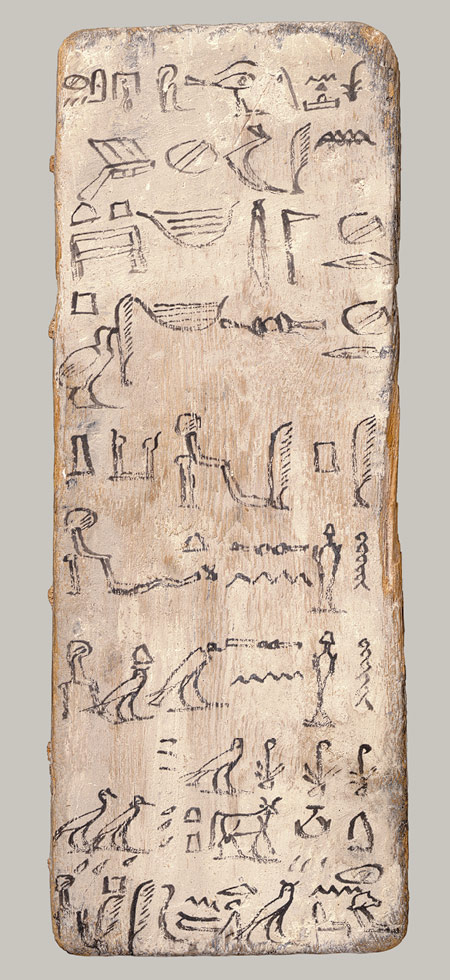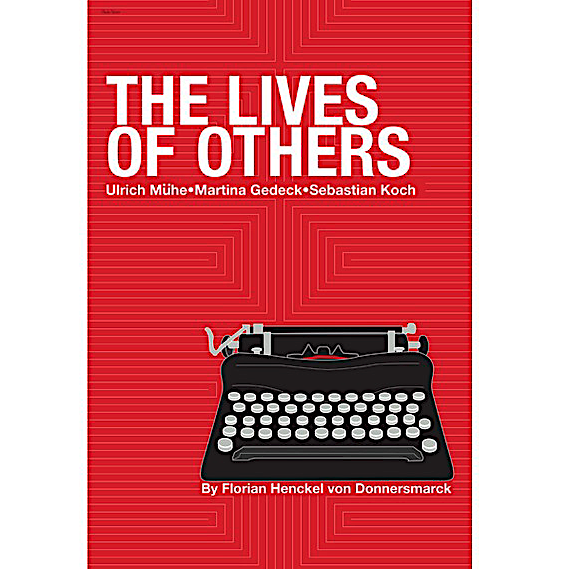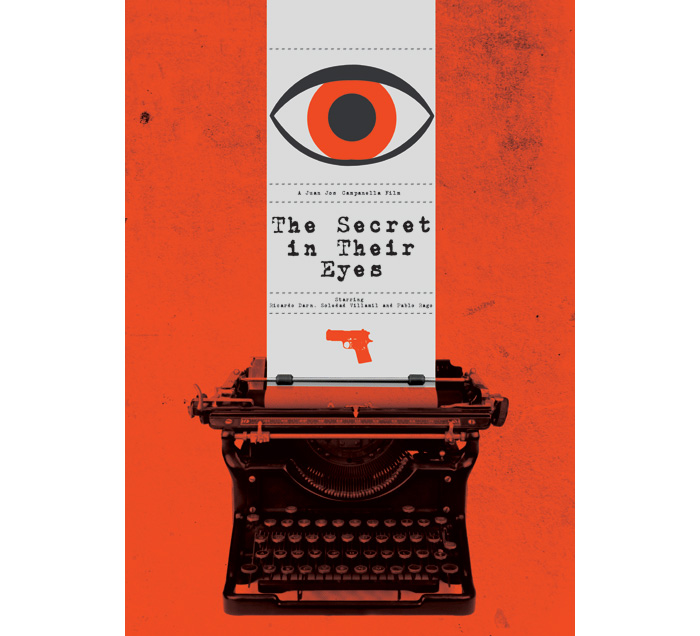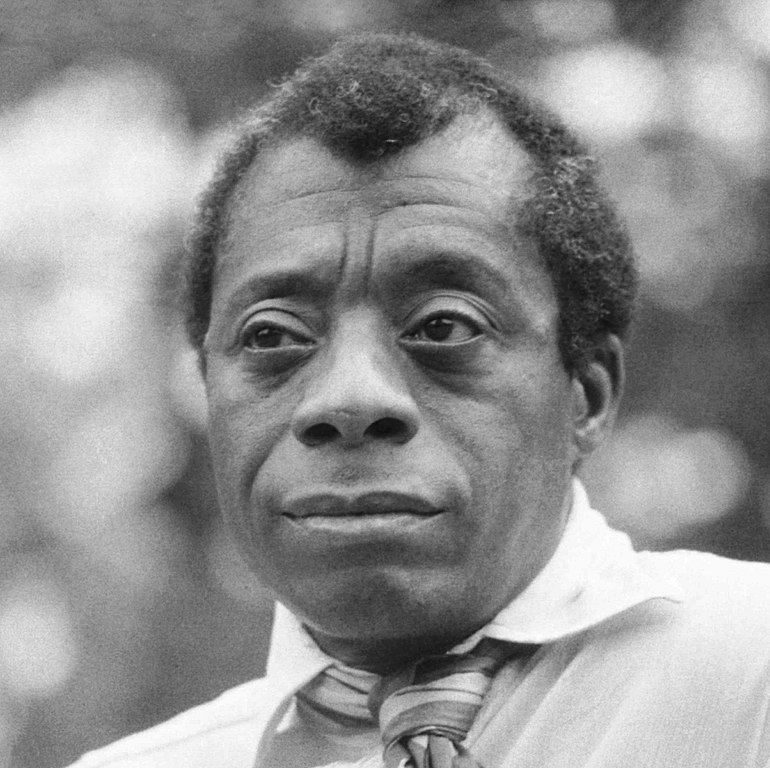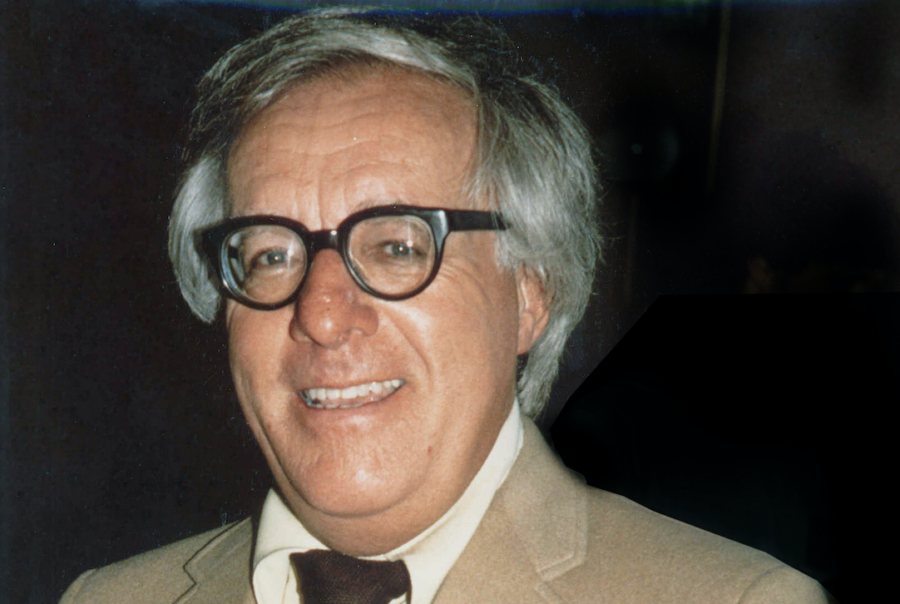A gentleman goes to the movies, only to find a marquee full of retreads, reboots, sequels, and prequels. He demands to know why no one makes original films anymore, a reasonable question people often ask. But it seems he has run directly into a graduate student in critical theory behind the glass. The ticket-seller rattles off a theory of unoriginality that is difficult to refute but also, it turns out, only a word-for-word recitation of the Wikipedia page on “Plagiarism.”
This is one of the ironies in “Allergy to Originality” every English teacher will appreciate. In the short, animated New York Times Op-Doc by Drew Christie, an official Sundance selection in 2014, “two men discuss whether anything is truly original — especially in movies and books,” notes the Times. The question leads us to consider what we might mean by originality when every work is built from pieces of others. “In creating this Op-Doc animation,” Christie writes, “I copied well-known images and photographs, retraced innumerable drawings, then photocopied them as a way to underscore the un-originality of the entire process.”
From William Burroughs’ cut-ups to Roland Barthes’ “The Death of the Author,” moderns have only been re-discovering what ancients accepted with a shrug — no one can take credit for a story, not even the author. Barthes argued that “literature is precisely the invention of this voice, to which we cannot assign a specific origin: literature is that neuter, that composite, that oblique into which every subject escapes, the trap where all identity is lost, beginning with the very identity of the body that writes.”
In Christie’s short, the smartass theater employee continues quoting sources, now from the “Originality” Wikipedia, now from Mark Twain, who had many things to say about originality. Twain once wrote to Helen Keller, for example, outraged that she had been accused of plagiarism. He came to her defense with an earnest conviction: “The kernel, the soul—let us go further and say the substance, the bulk, the actual and valuable material of all human utterance — is plagiarism.”
Postmodern sophistry from Mark Twain? Maybe. We haven’t had much opportunity to verbally spar in public like this lately, unmasked and in search of entertainment in a public square. If you find yourself exasperated with the streaming choices on offer, if the books you’re reading all start to feel too familiar, consider the infinite number of creative possibilities inherent in the art of quotation — and remember that we’re always repeating, replaying, and remixing what came before, whether or not we cite our sources.
Related Content:
Everything is a Remix: A Video Series Exploring the Sources of Creativity
Malcolm McLaren: The Quest for Authentic Creativity
Where Do Great Ideas Come From? Neil Gaiman Explains
Josh Jones is a writer and musician based in Durham, NC. Follow him at @jdmagness

